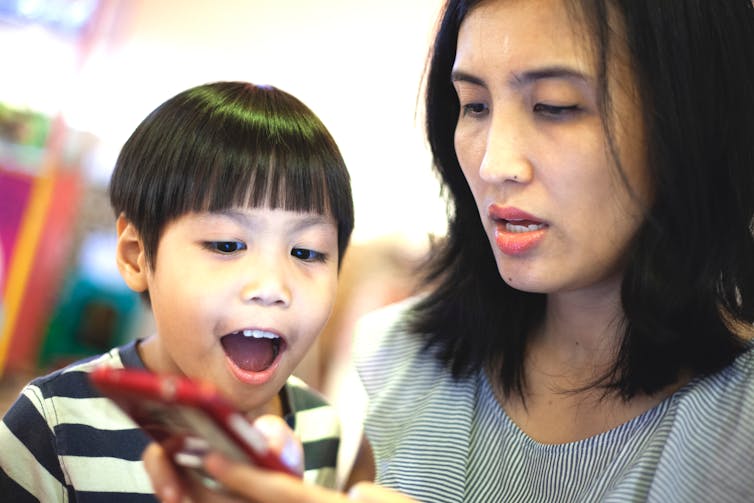The pair of pyjama bottoms I ordered in September never arrived and I have managed to live without them so I'm not going to reorder them.
At the end of this month I get to decide what goes into my next 3 month (January-March) capsule.
I know I want my right hand ring back so I'm going to exchange my Star of David with the cross inside for it.
Because I wear a lanyard with an ID badge for work I tend not to wear a necklace because it's one too many things around my neck.
I think I also want a pair of slippers, especially for when I'm working from home in my basement office. I currently wear socks with my flip-flops, which I know we all agree is not a great look!
I have to figure out what I will give up in exchange for those slippers. It might be my formerly favourite pair of black Mary Janes. The velcro keeps popping open on the left shoe and I have a brown pair that works just fine. Or I might give up a long sleeve dress shirt because I don't think I've even worn all of five of them over the past almost three months.
I'm not sure if I'll make many more changes though because what I currently have will serve me well until the next switch.

























